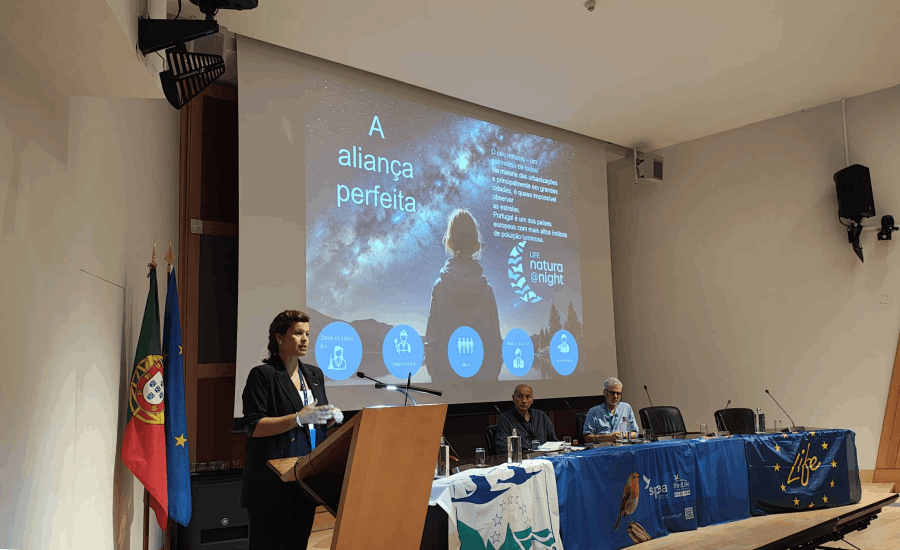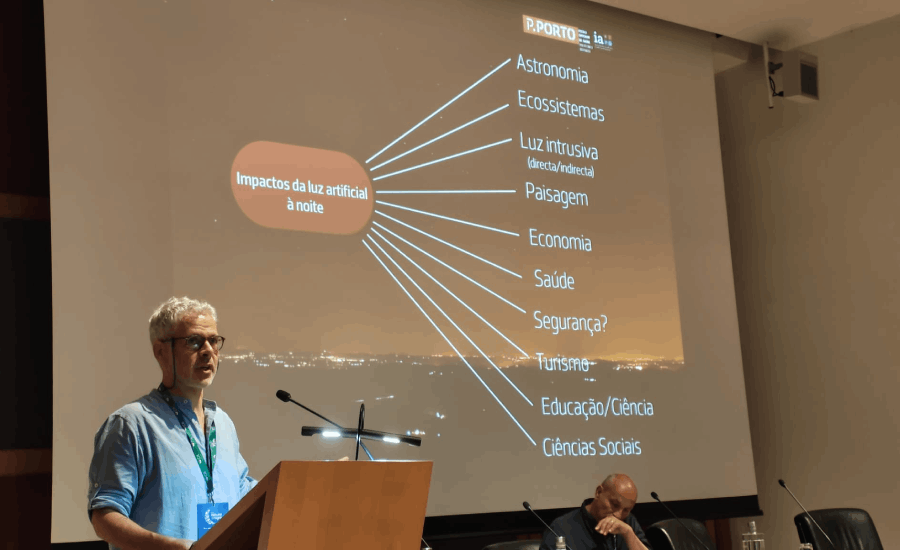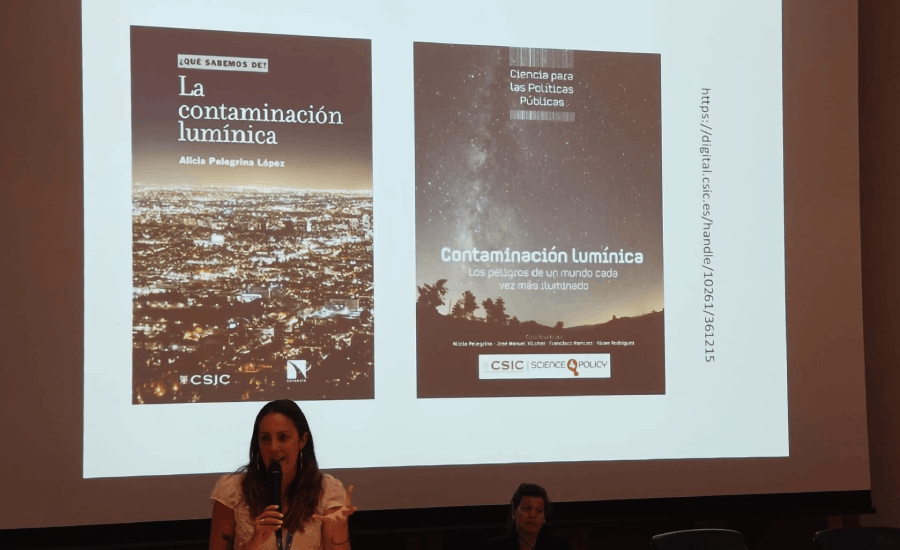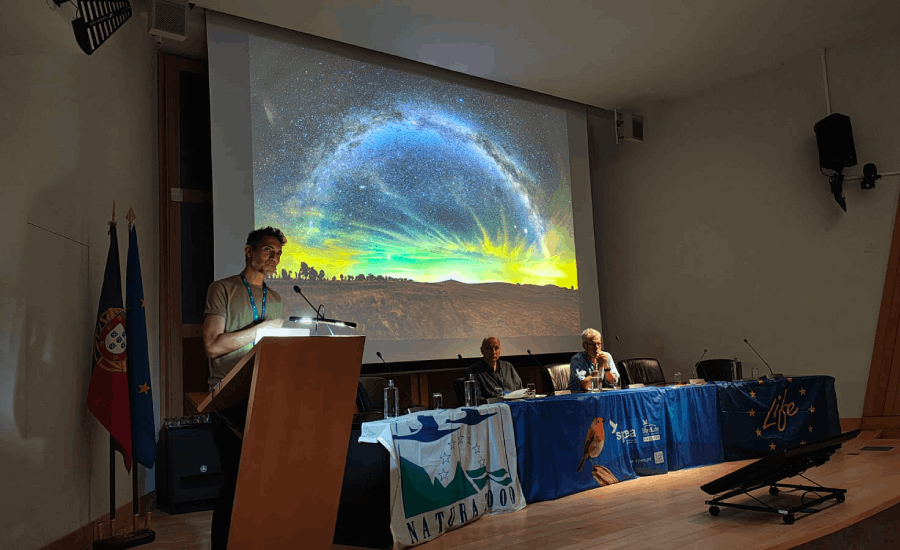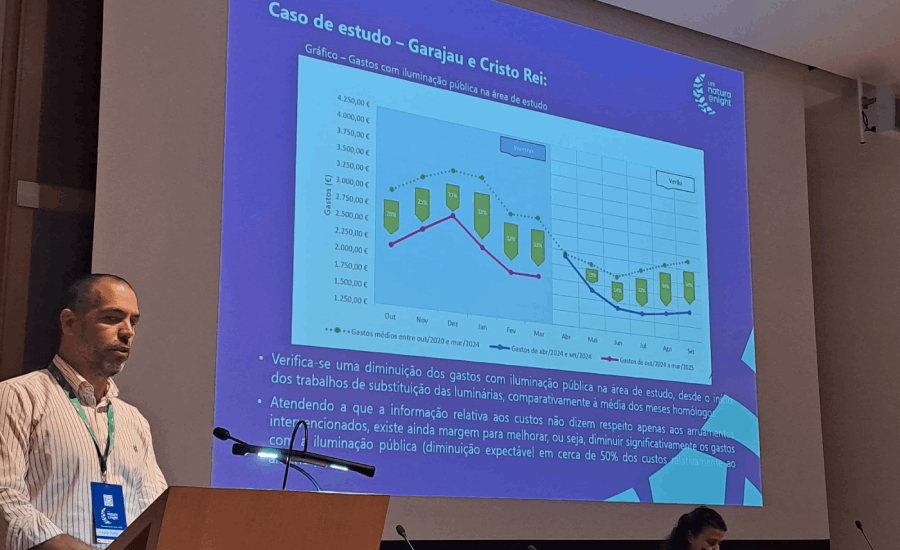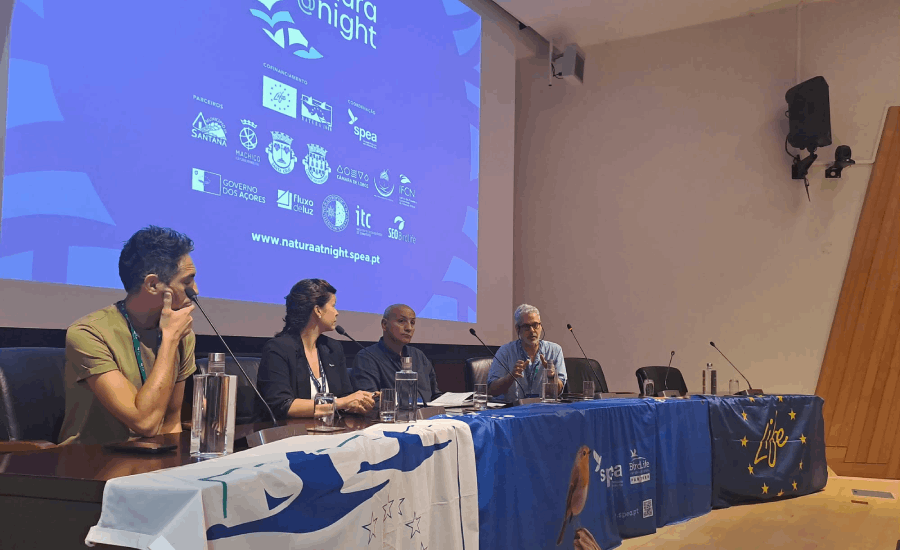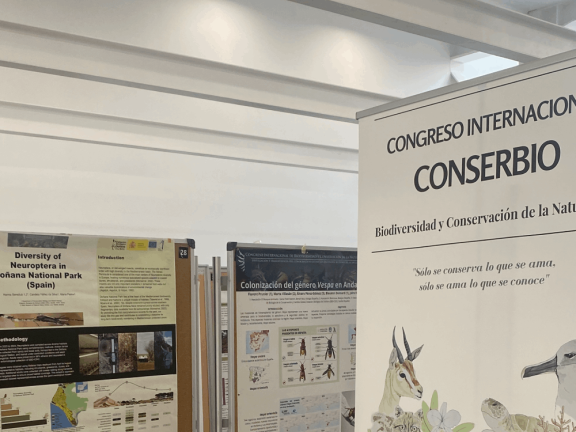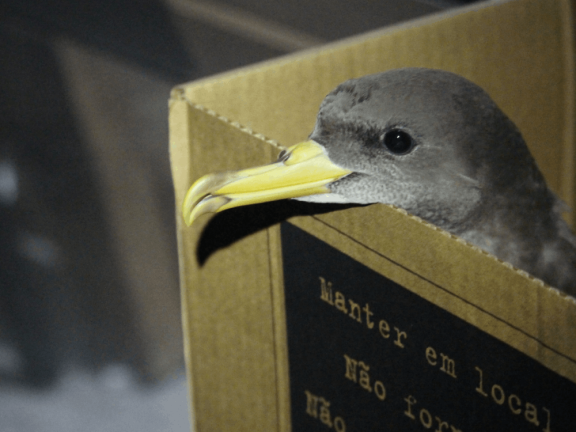The seminar “Challenges of light pollution and biodiversity conservation at the municipal management level” took place last Friday, June 6, at the CCDR Alentejo Auditorium in Évora.
Raul Cerveira Lima highlighted the excessive light intensity that surrounds us, arguing that in many cases we could reduce the intensity of lighting by 90% and it would still be perfectly adequate for human vision! He gave examples from the Netherlands and Holland that we can follow, pointing out that in Berlin you can already see the Milky Way, but not in Évora, and he mentioned the case of the Star Villages in France. He also mentioned the importance of regulating and imposing emission limits, especially with technologies such as LED making lighting cheaper.
Miguel Claro took us to the heart of Dark Sky® Alqueva with a presentation filled with stunning photos and videos, while Apolónia Rodrigues shared the experience of creating a certified astro-tourism destination, including the challenges of political changes that require constant repetition.
Cátia Gouveia presented the LIFE Natura@night project, in which we have been working with municipalities and other key players to reduce light pollution in Madeira, the Azores, and the Canary Islands, and noted that unlike other threats, light pollution is an area where we can have almost immediate effects. She also shared two good practice manuals for reducing light pollution, available on the project website.
Claudio Ramos shared the experience of a municipality partnering with LIFE Natura@night: a total of €2.1 million saved on public lighting during the project. He also highlighted the installation of a network infrastructure that allows remote control of all public lighting, part of a package that will also enable smart water management in the municipality.
Alicia Pelegrina reminded us that artificial light, since its invention, has always been a sign of development and high social class—unlike other pollutants, artificial light is not seen as something bad, and this poses challenges for those who want to combat light pollution. But it is urgent that we change this narrative, she said: “Have you ever seen a firefly? I haven’t. In Granada, they are no longer seen. And I go to schools and the children don’t even know what a firefly is.”
Azucena de la Cruz presented the Public Lighting Master Plans: a municipal management tool that goes beyond a manual of good practices — each master plan is a set of rules established based on the particularities of that municipality, to plan the nighttime public space coherently. She also pointed out that the six municipalities that implemented light pollution reduction actions in the LIFE Natura@night project received a total of zero complaints.
Finally, Ana Prates from CCDR Alentejo presented some funding opportunities for work in this area, within the scope of PR Alentejo 2030.
